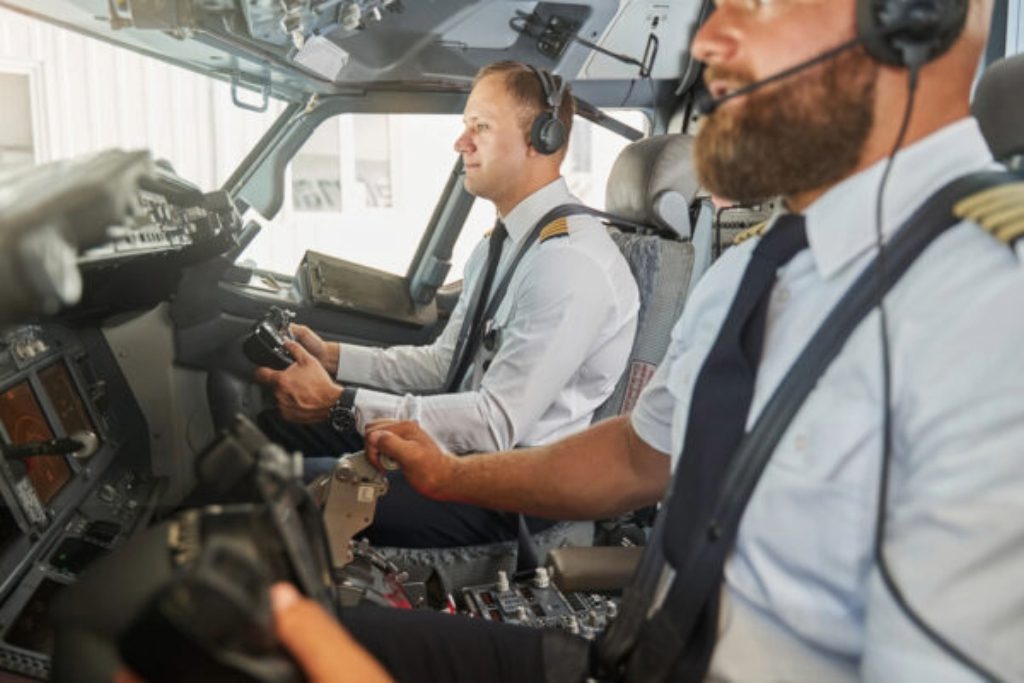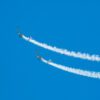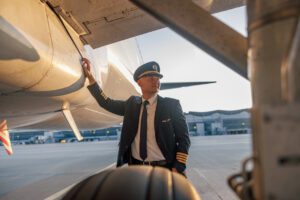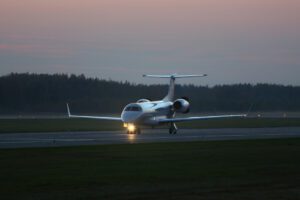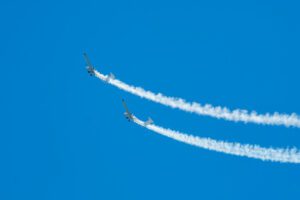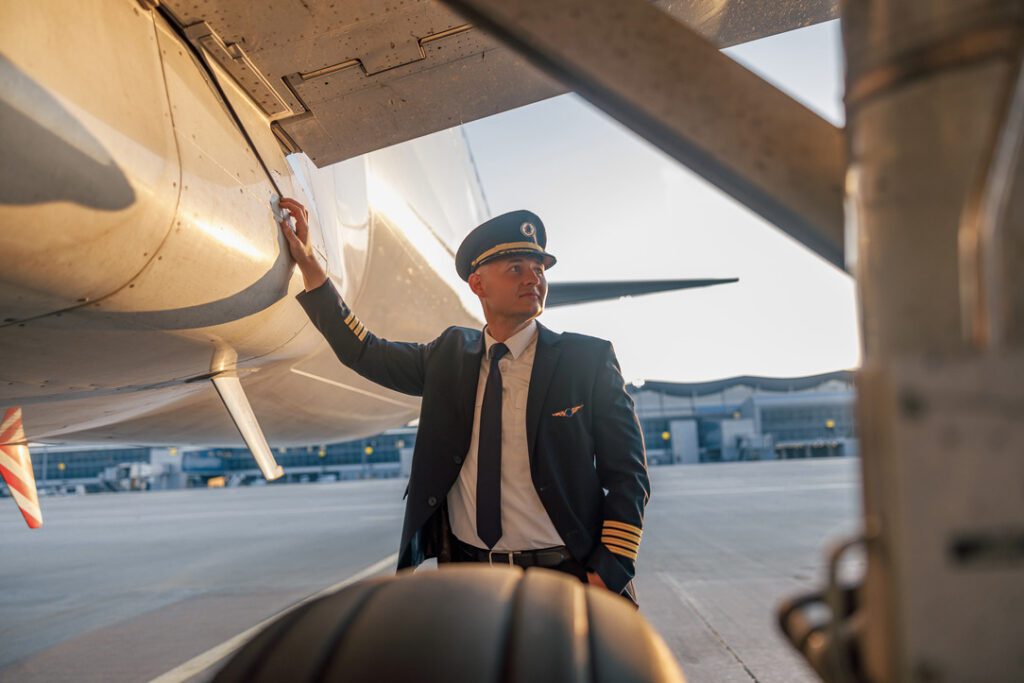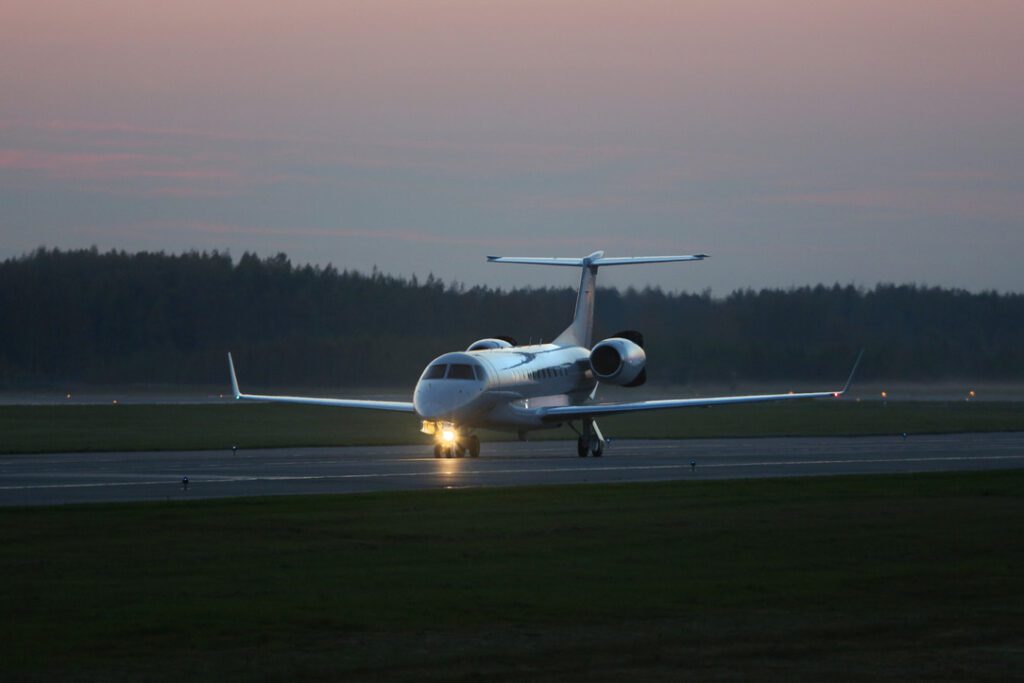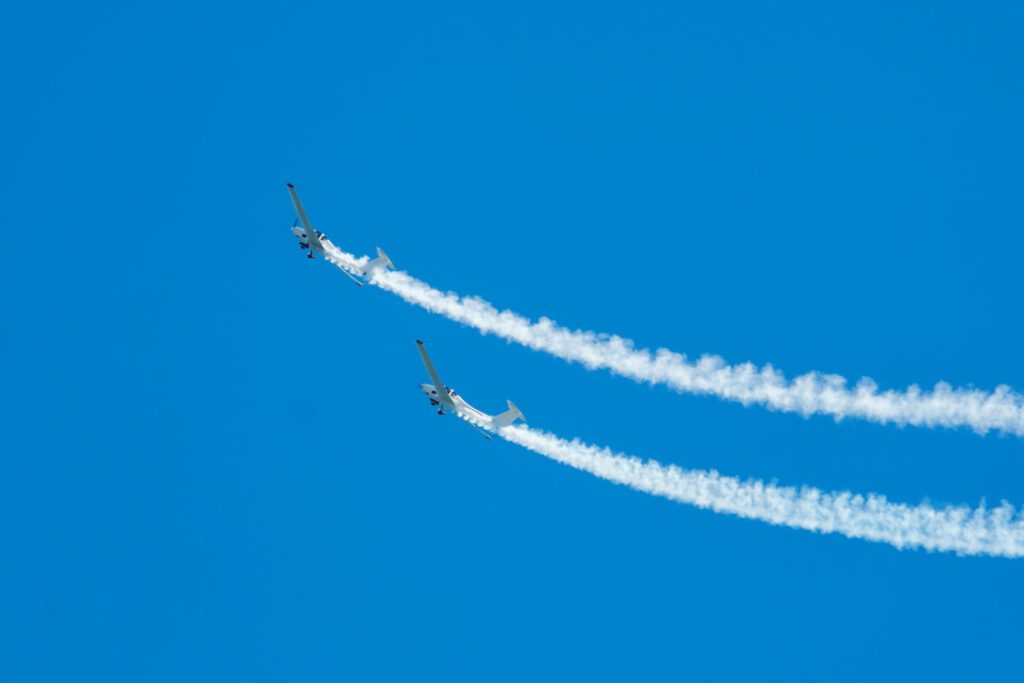Safety is important for both the flight crew and the passengers. It is one of the most critical elements in aviation, and seat belts and shoulder harnesses are important to this safety hierarchy. This article examines the regulations as well as optimal practices regarding their application based on FAA’s guidelines.
Basics Principles Guidelines
In the United States, the FAA has set particular guidelines (FAA Regulations (14 CFR 91.107 & 91.105)) for the use of seat belt and shoulder harness which include:
During Taxi, Takeoff, and Landing:
- Pilots: Should wear seat belts, and use restraint systems (if fitted) unless it interferes with the performance of their duties.
- Passengers: Are expected to use seat belts and shoulder harnesses (if fitted) throughout these phases.
During Flight:
- Pilots: Fastening the seat belt is mandatory during the flight. Use of shoulder harness is optional but it tends to be encouraged when possible.
- Passengers: Seat belts should be fastened whenever the sign is illuminated, during any signaled turbulence, or as directed by the flight crew.
Furthermore the Pilot in Command (PIC) is in charge of providing the seat belt and shoulder strap fastening briefing and ensuring that the passengers are adequately restrained.
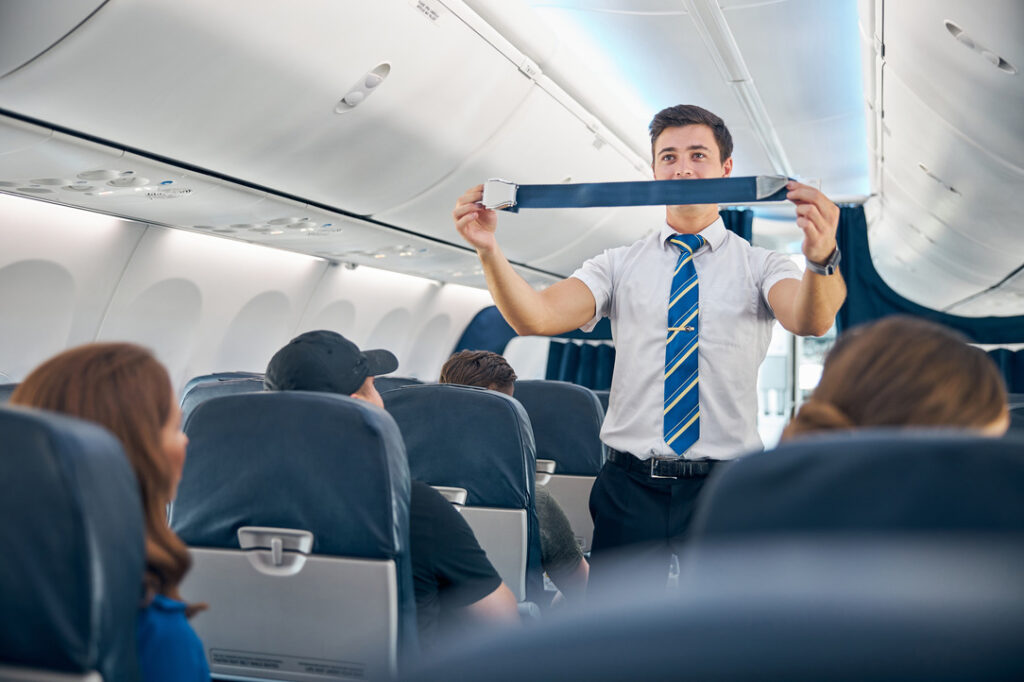
Global policies such as the EU’s Commission Regulation (EC) No 859/2008 and the FAA 14 CFR 121.311 highlight:
- Each individual must be provided a seat that includes a seat belt or safety harness.
- Pre-take off demonstration and in-flight reminders of fastening the seat belt.
- Passengers supervision/escorting during taxi, takeoff, and landing and at all other times necessary for safety.
Practical Application and Best Practices
Pilot Usage
Operational procedures may differ from the laws that set minimum rules, such as:
- Whenever taking a seat at the controls, the pilot must wear a seatbelt.
- A shoulder harness is not required during cruise flight, but it is suggested if the plane is descending through 18,000 feet or experiencing turbulence.
- Creating an effective and constant method for engaging and disengaging shoulder harnesses can improve safety.
Passenger Briefings
It is the responsibility of the Principal Instructor to ensure that every passenger is instructed on the methods they will use to secure and release their seatbelt and shoulder harness. This includes:
- School Transport
- Demonstration prior to the flight.
- In-flight reminders, particularly when the seatbelt sign is illuminated.
- Cabin compliance check during taxi, take-off, and landing.
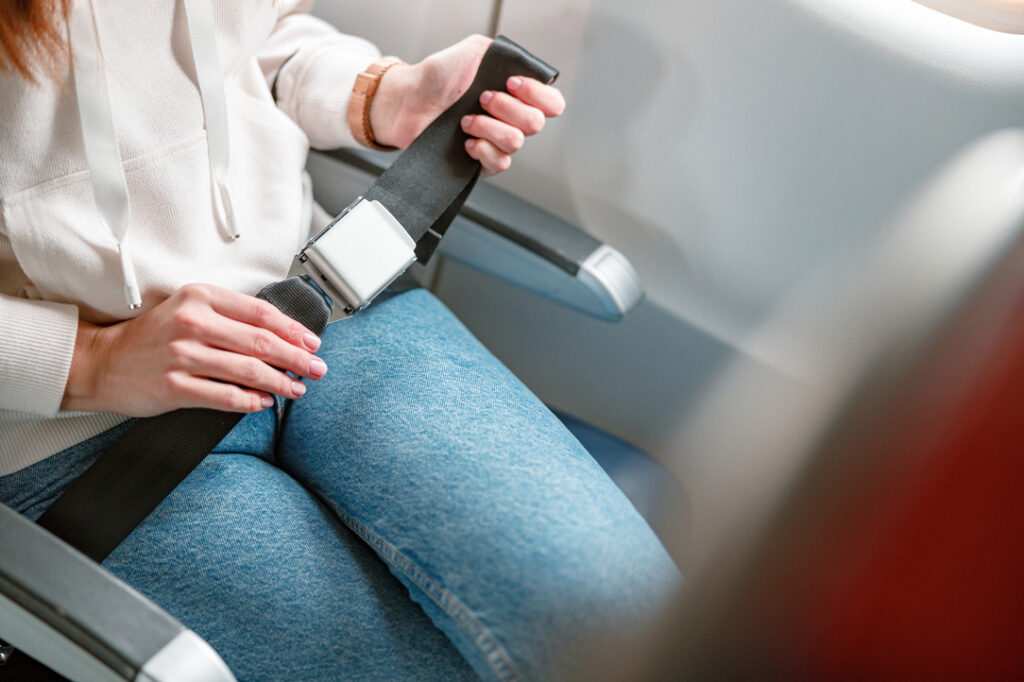
Safety Considerations
The use of seat belts and a shoulder harness greatly reduces the chances of injury in unanticipated situations because:
- These devices protect seat occupants from being ejected from the aircraft chair during turbulence. In a worst case scenario where a breach in the hull occurs, these devices prevent being tossed violently against the rigid surfaces of the aircraft.
- Appropriate application has been associated with greater rates of survival in accidents. For example, in the 2013 Asiana Airlines Flight 214 incident, the unrestrained passengers were thrown out of the aircraft and died.
Summary
It is vital to follow the protective restraint procedures including the seat belt and shoulder harness for each person in the aircraft. Best practices and standard operating procedures go beyond what the law dictates as the bare minimum. Every pilot can help improve these situations by advocating and implementing these practices so that everyone enjoys a safer flight.

